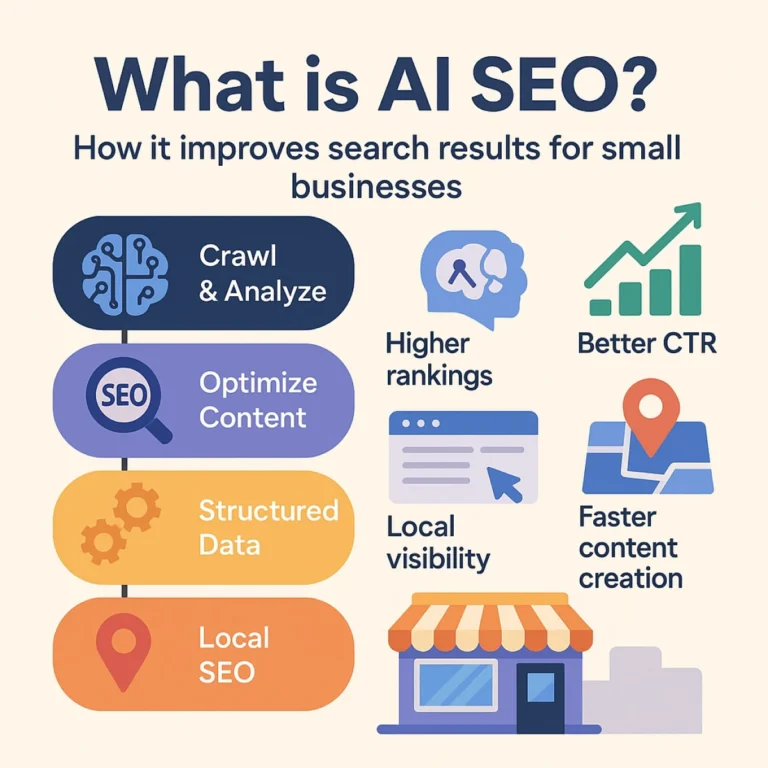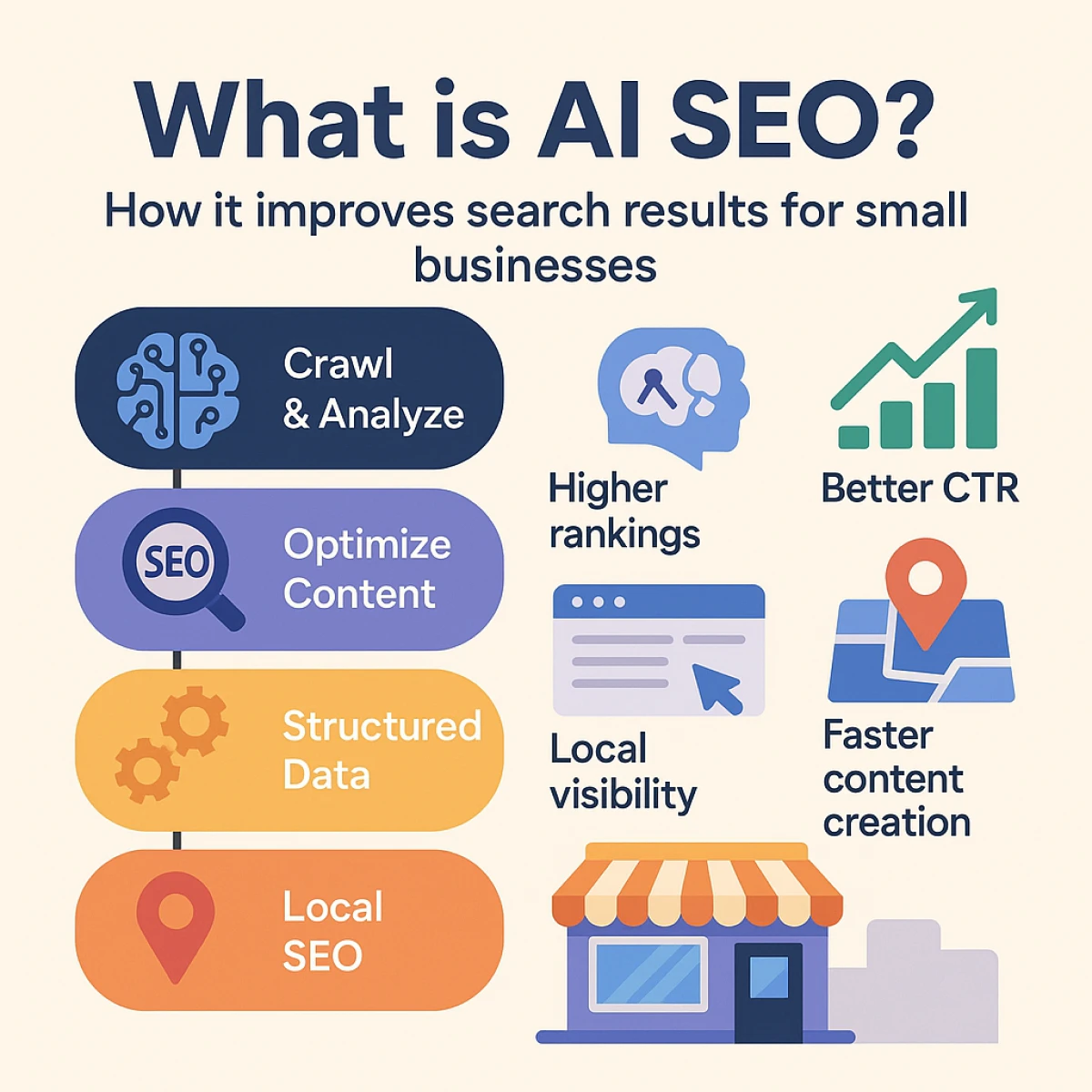Consumer trust depends heavily on authenticity, with 86% of buyers using it as their main criteria for brand selection. Small business owners must adapt their 2025 marketing strategies to this reality as the digital world changes faster. Global retail has shifted significantly. E-commerce now makes up about 20% of all sales worldwide, creating new possibilities for businesses your size.
Small businesses today can compete with larger companies without matching their budgets. At Building Brands Marketing, we’ve seen how the digital landscape has opened new opportunities for growth across industries. Many small businesses now run their own websites and make use of AI-powered tools to deliver faster, more personal customer service. Email marketing also continues to be one of the most cost-effective channels, generating strong returns with minimal investment. These avenues highlight how thoughtful, targeted strategies can be more effective than simply spending more.
We help small businesses develop and run websites that drive real growth. This piece will show you how to create stronger connections with your audience, turn social media into a sales machine, and make customer interactions more personal. With the support of AI and automation, you can streamline your work. These strategies will help your SMB grow through 2025 and beyond.
Build a stronger connection with your audience
Use community-driven content
Create private groups or loyalty programs
Private communities give members exclusive access to premium content and let them connect with your business personally. Loyalty programs add structure to these communities.
77% of customers stick with brands that make them feel valued for ten years or more and more than 83% of people say reward programs encourage them to buy from a brand again and again.
Small businesses can build loyalty
- Special experiences, early product access, or exclusive gifts for members
- Private chat groups where customers discuss products
- Fun leaderboards that track member activity
Respond to comments and share customer stories
Your responses should be personal and tackle specific issues rather than using generic automated messages. With negative feedback, show you understand and offer real solutions that highlight your dedication to customer happiness.
Customer stories pack a powerful marketing punch. Nielsen reports 88% of consumers trust recommendations from people they know above all other advertising. Real customer experiences featured on your website, social channels, or email newsletters create content that connects with potential buyers.

Use social media as a sales tool
Set up Instagram Shops or TikTok Live Shopping
Your customers can discover and buy products directly through Instagram Shop. The feature creates a smooth buying experience. Commerce Manager helps you display products, collect payments and monitor performance.
TikTok Live Shopping lets viewers buy products during livestream events without switching apps. This creates an engaging shopping experience that converts ten times better than other e-commerce formats.
Post short videos showing your product or service
Short-form videos grab attention and boost engagement quickly. These videos help simplify complex features into easy-to-understand visuals. They work best when you:
- Show how your product fixes specific problems
- Present your product in real-life applications
- Showcase unique features that words can’t describe
Encourage user-generated content
Make personalization part of your strategy
Segment your email list by behavior or interest
Send tailored offers and reminders
Add personal touches like handwritten notes
Work smarter with AI and automation
Automate follow-ups and email flows
Use chatbots for simple customer service
Track buying patterns to time promotions

Digital Marketing Trends For Small Businesses
Small Business Digital Marketing FAQs
How can small businesses build stronger connections with their audience?
Small businesses can strengthen audience connections by using community-driven content, creating private groups or loyalty programs, and actively responding to comments and sharing customer stories. These strategies help transform casual customers into brand advocates.
What are effective ways for small businesses to use social media as a sales tool?
Small businesses can leverage social media for sales by setting up Instagram Shops or TikTok Live Shopping, posting short product demonstration videos, hosting live Q&A sessions or product demos, and encouraging user-generated content. These methods create immersive buying experiences and drive engagement.
Why is personalization important for small business marketing?
Personalization is crucial because 71% of consumers expect personalized interactions. Small businesses can implement personalization by segmenting email lists, sending tailored offers and reminders, using tools like Mailchimp or Klaviyo, and adding personal touches like handwritten notes to create lasting impressions and boost customer loyalty.
How can AI and automation benefit small businesses in their marketing efforts?
AI and automation help small businesses work smarter by identifying customer pain points, automating follow-ups and email flows, handling basic customer service through chatbots, scheduling content, and tracking buying patterns to time promotions effectively. These tools improve efficiency and allow businesses to focus on more complex tasks.
What marketing trends should small businesses focus on to stay competitive?
Small businesses should focus on authenticity, social commerce, personalization, and smart use of AI and automation. By combining these approaches strategically, small businesses can create genuine connections with their audience, leverage social platforms for sales, meet customer expectations for personalized experiences, and improve operational efficiency.








